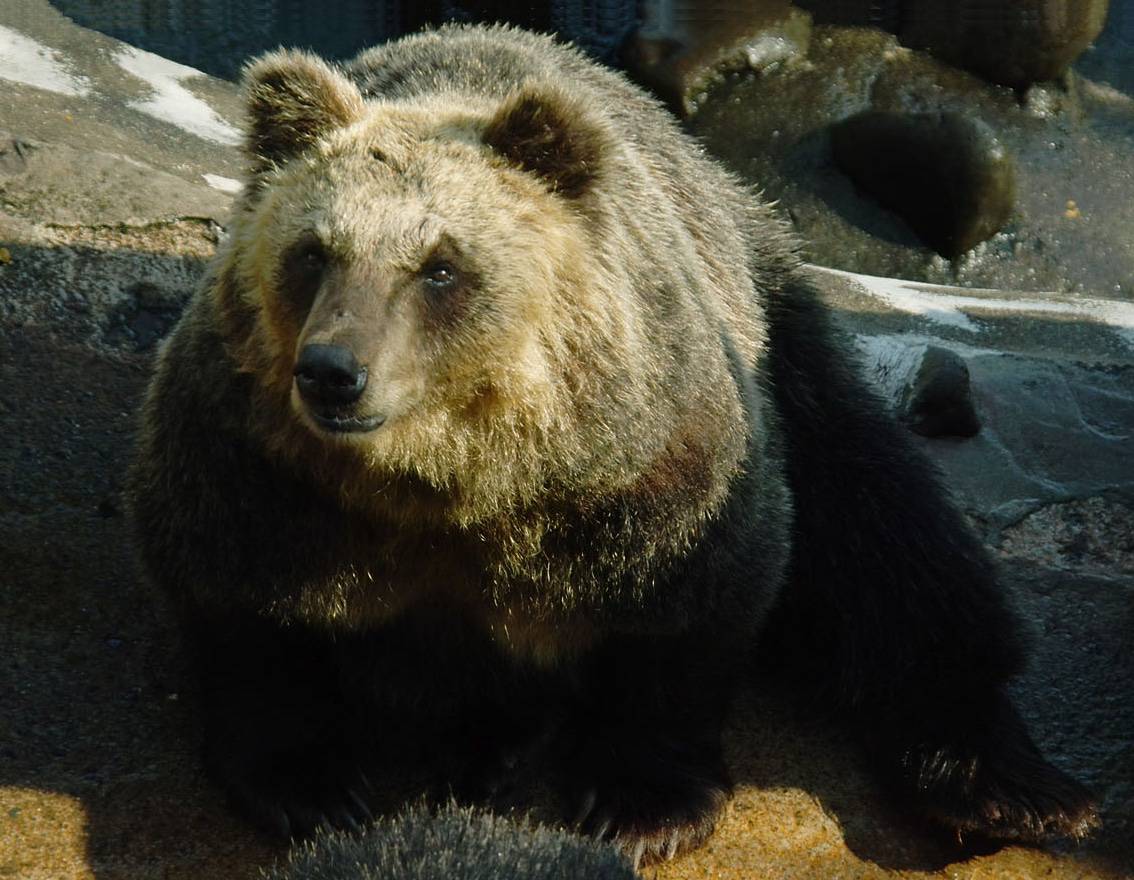Japan is currently facing a concerning and unprecedented surge in bear attacks, leaving experts and authorities scrambling to find solutions. Since April of this year, bear-related incidents have resulted in at least 158 injuries and two tragic fatalities, equalling the record set back in 2020. The majority of these attacks have occurred in the northern part of Honshu, Japan’s largest island, according to the environment ministry. So, what’s causing this sudden spike in bear encounters, and what can be done to mitigate the risks?
Struggle for Food
The root of this issue lies in the bears’ struggle to find food in their natural habitat. Japan has witnessed a combination of factors that have culminated in this alarming trend. Last year, there was a bumper crop of acorns and beechnuts, which led to the presence of larger bear cubs. However, this year, there’s a stark shortage of these dietary staples, pushing the bears to venture into populated areas in search of sustenance before they hibernate in early December.
Historically, encounters primarily involved individuals who ventured into the forest to forage for wild vegetables and herbs or unsuspecting hikers. However, the boundaries between the bears’ forest homes and depopulated villages have blurred, resulting in more frequent human-bear interactions in developed areas.
The Geographic Distribution of Bear Attacks
The Kyodo news agency reports that bear attacks have been reported in 15 of Japan’s 47 prefectures during the first six months of this year. The highest number of attacks occurred in Akita, in Honshu’s far north, followed by Iwate and Fukushima. What’s particularly alarming is that more than half of the attacks reported in 2023 happened in or near people’s homes, despite some victims taking preventive measures like carrying bells designed to scare off the animals.
Earlier this month, an especially shocking incident occurred in Akita when a bear attacked six people in an urban area in a single day. This included a woman in her 80s and a schoolgirl waiting at a bus stop. Three of these attacks took place in a neighborhood close to shops, homes, and a hospital. In another incident, a 66-year-old man in the prefecture, where 52 incidents have been reported this year, was severely injured after encountering a bear in his garage.

Fatalities and the Urgent Need for Solutions
Tragically, a man was found mauled to death in Iwate, marking the first fatality resulting from a bear attack in the area for well over a decade. In Hokkaido, Japan’s northernmost main island, police discovered remains, assumed to be the victim of a bear attack.
Iwate Governor Takuya Tasso emphasized the need for vigilance, stating that hoping for the best is no longer an option. As these attacks become more frequent, there’s an immediate need for effective solutions.
Preventing Future Encounters
Japan’s public broadcaster, NHK, recently aired a program offering advice on what to do if you encounter a bear. The main takeaways from this program include carrying a repellent spray and, most importantly, not making eye contact with the bear or attempting to run away. Shops are reporting a surge in sales of items designed to deter these animals, including bells, whistles, and portable radios.
The environment ministry has described this rise in attacks as “extraordinary.” Environment Minister Shintaro Ito has urged people to take precautions such as properly disposing of household food waste, which can attract these animals, and ensuring that doors are kept closed. Farmers have also been advised not to leave fallen fruit on the ground. This might further entice bears into populated areas.
Bear Sightings on the Rise
This year, there have been almost 15,000 sightings across Japan, marking an increase of over 4,000 compared to the same period last year. Some of these sightings occurred on the Izu peninsula, where wild bears were observed in 2021 for the first time in a century. As a response to this growing issue, conservationists are calling for measures to ensure an adequate supply of acorns and other foods for the bear population.
Population Growth
Japan’s bear population is on the rise, with recent estimates suggesting that there are approximately 44,000 black bears in the country. This is a significant increase from the 15,000 estimated by the environment ministry’s biodiversity center in 2012. Additionally, Hokkaido is believed to be home to about 11,700 Ussuri brown bears, whose population has more than doubled since 1990.
Conclusion
Japan is grappling with a serious and unprecedented issue – the sharp increase in attacks due to a shortage of food in the bears’ natural habitat. As these encounters become more frequent and even fatal, it’s crucial for authorities, experts, and the public to work together. In order to find effective solutions that can protect both humans and the bear population. Vigilance, education, and preventive measures are the need of the hour to address this growing concern.
Up next:
Watch As Bear Breaks Into House
Bear Cubs Are Starving Amidst Salmon Shortage in Japan
Robot Wolves in Japan: How Technology is Keeping Bears at Bay
Join our Forum for free today!

- The Kleptomaniac Cat That Rules Houston - July 20, 2024
- Elephant Makes a Lifelong Friend at Sanctuary in Tennessee - July 14, 2024
- Evidence For World’s Oldest Fossilized Forest Discovered in New York - July 11, 2024

